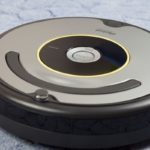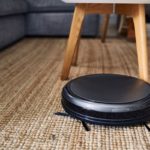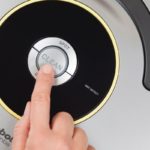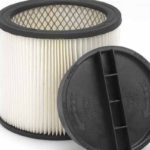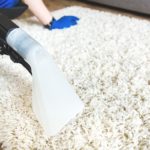Roomba’s are a nifty little robot vacuum that can help to significantly cut down on the time that you spend vacuuming your home! But how do you go about cleaning your Roomba robot?
We are going to be taking a look at the different ways that you can clean your Roomba, as well as a bit of information about the Roomba in general. Let’s get started.
How To Clean A Roomba?
There are two main methods that you can use to clean your Roomba. These are:
- Using a Dust Bag
- Using a Brush
Both methods are easy to follow, and they both work pretty much the same way. However, we’ll start with using a dust bag.
What Is A Roomba?
A Roomba is an automated vacuum cleaner that has been around for quite some time now. The Roomba was invented in 1998 by iRobot, and it was first released as part of their consumer product line.
Since then, there have been many versions of the Roomba released, with the latest version being called the Roomba 960. The Roomba is designed to work autonomously and will travel around your house performing its duties.
It will use sensors to determine where it needs to move next, and it will also use cameras to see what objects are in its path. This means that it does not need any type of remote control or human assistance. When the Roomba detects something that it cannot clean itself, it will stop and wait until you tell it to continue working again.
Using A Dust Bag
The first thing that you want to do when trying to clean your Roomba is to make sure that all of the dirt and debris is removed from the brushes. You don’t want anything getting stuck inside of them because this could cause damage to the Roomba.
Once the brushes are free of debris, you should take out the dust bag and put it into a trashcan. Then, you should give the Roomba a quick wash under running water.
Make sure that you keep the water away from the motor and other sensitive parts of the Roomba. After the Roomba has had a good washing, you should let it dry completely before putting it back together.
Using A Brush
If you prefer to clean your Roomba with a brush instead of a dust bag, you should remove the dust bag and replace it with a soft bristle brush. As with the dust bag method, you should make sure that all of your brushes are cleaned thoroughly before starting to clean your Roomba.
Also, if you notice that one of your brushes is dirty, you should change it out for a new one. If you don’t, you might find yourself having problems later on.
Cleaning The Filter Of A Roomba
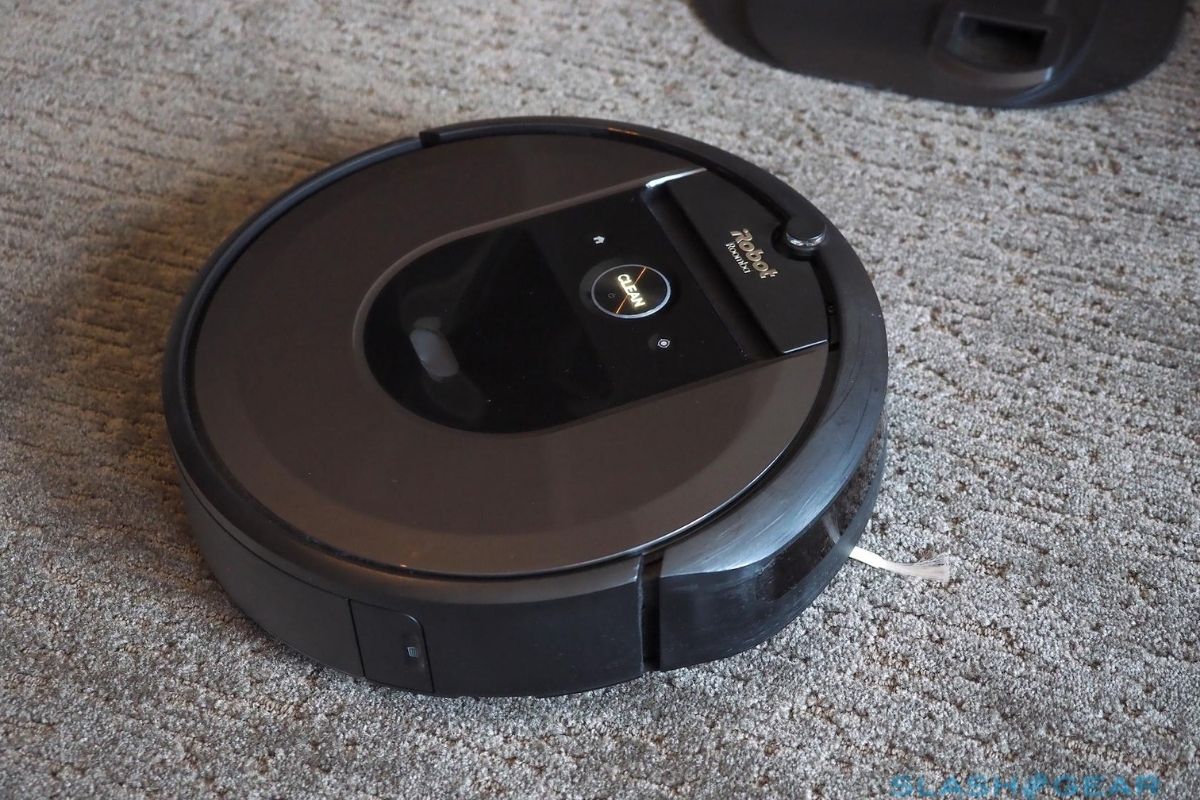
When you first set up your Roomba, it comes with a filter that is designed to trap particles such as dust and hair. Over time, however, the filter becomes clogged up, and it will no longer be able to perform its function properly.
In order to clean the filter, you should turn off the Roomba and then open up the top cover. You should then pull down the filter so that it is exposed. Next, you should spray a small amount of compressed air onto the filter.
While doing this, you should make sure to avoid spraying too close to the motors and other sensitive components of the Roomba because this could cause damage. After you have sprayed the compressed air onto the filter, you should allow the Roomba to sit for about 30 minutes.
During this time, the compressed air should help loosen up any debris that might have built up on the filter. Finally, you should blow out any remaining debris, and then you should re-attach the filter to the Roomba’s housing.
Cleaning Your Roomba Using An Air Duster
You can also use an air duster to clean your Roomba if you prefer. To begin, you should disconnect the power cord from the Roomba. Then, you should place the Roomba on a flat surface.
After opening up the robot vacuum, you should hold the air duster over the Roomba and gently move it around in circles. This motion helps to circulate the air inside of the Roomba and dislodge any debris or dirt that might be trapped inside of it. When you have finished using the air duster, you should return the Roomba to its charging station.
How Often Should You Clean A Roomba?
Roomba owners often ask themselves, “how often should I clean my Roomba?” The answer depends on many different factors, including:
- How much dust does your home produce?
- How often do you vacuum your house?
- What kind of flooring do you have?
- Do you have pets that leave dander in your home?
- Are there any kids living at home?
- Is your Roomba battery running low?
- Does your Roomba seem to collect dust faster than normal?
- Is your filter getting clogged regularly?
These questions are important because they will tell you whether or not you should clean your Roomba more frequently. However, even though these questions are significant, the best way to determine when to clean your Roomba is to look at its performance.
If your Roomba seems to work slower than usual, or doesn’t pick up as much dust as it normally does, it might be time for a quick clean. If you notice that your Roomba isn’t picking up as much dust as usual, you should consider cleaning it sooner rather than later.
If you don’t clean your Roomba soon enough, it may start to become less efficient. Eventually, it won’t be able to clean as well as it once did. This means that you’ll end up spending more money on replacement parts and repairs.
Roomba Maintenance Tips
When you are using your Roomba, you should always remember to turn off the power switch. This will prevent the Roomba from accidentally turning itself on while it is still moving around your house.
You should also make sure that you are keeping your Roomba away from small children. Children can easily knock over things and this could potentially harm the Roomba.
Finally, you should make sure to regularly check the batteries on your Roomba. If you notice that the battery life is low, you should try to charge it up as soon as possible.
Review this guide for additional maintenance tips.
Final Thoughts
Hopefully, this guide to cleaning a Roomba helped you learn how to clean your Roomba. Make sure to clean them regularly so that you can keep them operating efficiently for many years to come!

